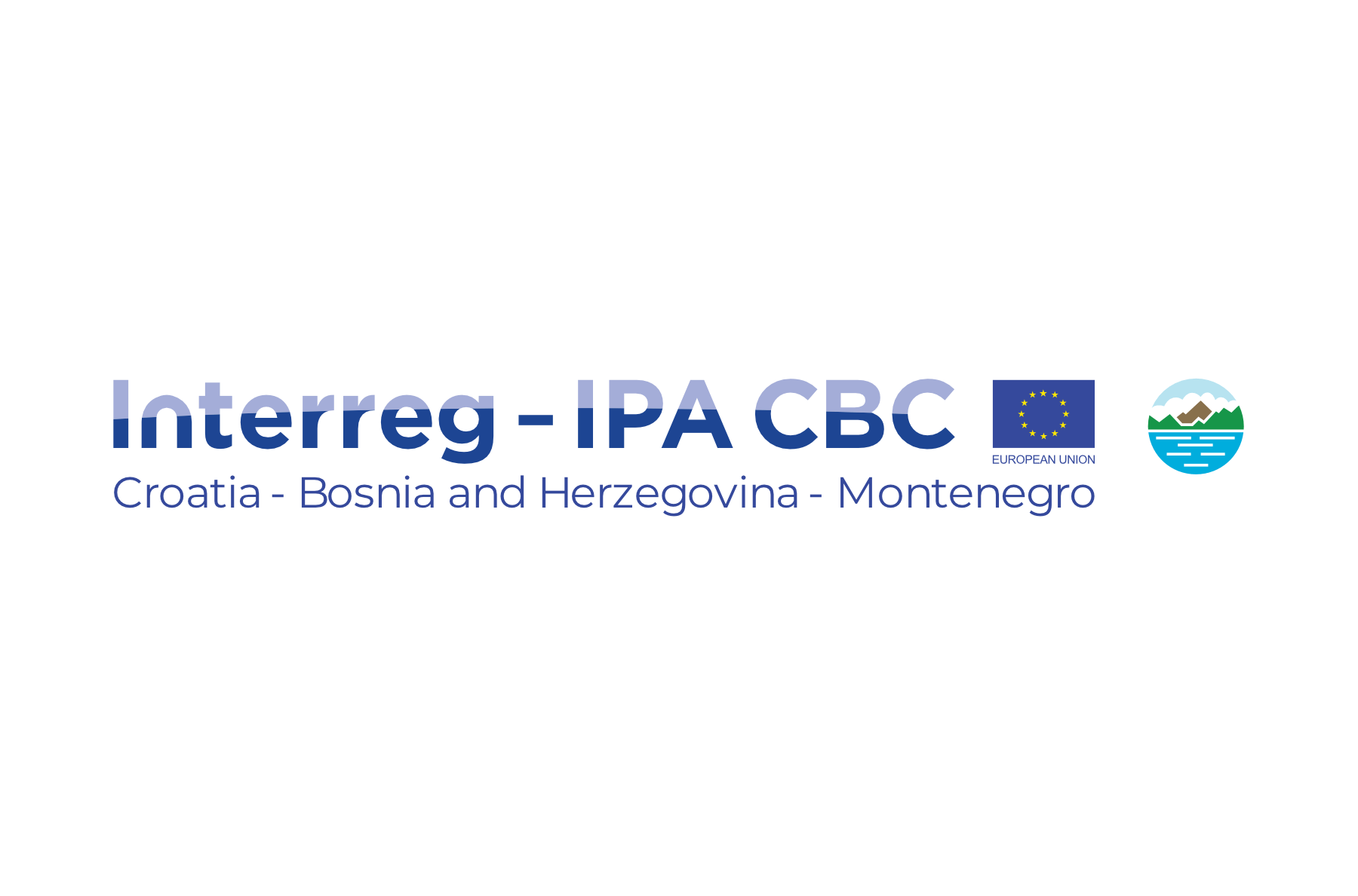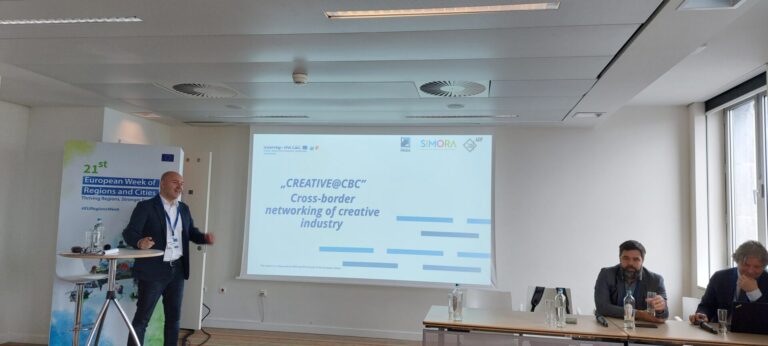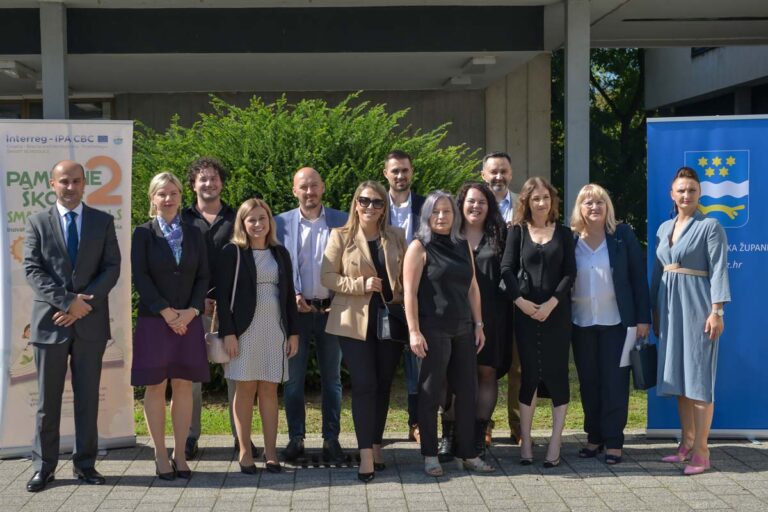All Interreg projects start with a joint need, problem or challenge for which an adequate cross-border solution is not provided yet. But why is cross-border cooperation important? There are problems or opportunities that go beyond national borders and in order to be addressed in full scale, partners from different countries must answer them. The impact of cross-border initiatives presents a benefit for both countries because positive action on one side of the border implies the same effect on the other side. So how to prepare a successful Interreg project?
Planning an Interreg project
Interreg projects are:
- Demand-driven. Firstly, a project must respond to the needs of a specific target group, i.e. people and organization that will benefit from the project. Target groups needs must reflect the choice of outputs, activities and results.
- Relevant. Every project must respond to priorities set by the programme. A programme’s scope is presented in Cooperation Programme and further defined by a mixture of top-down thematic strategies, such as the EU Strategy for the Danube Region or EU Strategy for the Adriatic and Ionian Region.
- Focused on results. Results are a way to prove the need for the project. How to set up a result-oriented project? Agree with project partners on the change you plan to achieve, where it will be achieved, for whom and make sure it is completely aligned with the Programme priorities.
- Based on cooperation. Cooperation between project partners from two or more countries is one of the founding stones of Interreg. It reflects the innovation and creativeness of different cultures jointly solving the same challenge. Take a look how partners from the 1st Call for Proposals composed their partnerships in our Project Library.
Starting a partnership
When starting an Interreg project, every partner contributes to joint development and implementation of an idea. This means that all partners share a joint vision of the change they plan to accomplish.
One of the important features of Interreg is the Lead Partner principle. Lead Partners take full responsibility on coordinating the partnership. The Lead Partner ensures accomplishment of activities, time plan and budget of the entire project according to the application. Project partners are responsible for their own tasks defined in the application. More details are provided in the Call for Proposals documents.
Target groups
Target groups are individuals and organisations positively affected by the activities and results of a project, though not necessarily being directly involved in the project. When developing a project, target groups and other stakeholders have to be involved in the development of foreseen outputs. A successful project will analyze target groups and stakeholders, involve them in the project and build on their participation as their input can anticipate risks or guarantee viability of the project. Engagement of target groups and stakeholders must be described in the project application and this must be done in the planning phase of the project.
Preparing a project proposal
Once you developed your idea and built a partnership, drafting your project proposal is next. Preparing a quality project proposal is time-consuming and implies a variety of financial (e.g. traveling, meetings, experts, etc.) and human resources (e.g. staff). In some cases, external experts are contracted to help draft project proposals. Experts from outside the organization can significantly contribute to the process with specific and thematic knowledge, but on the other hand, if the entire process is left to outside help without necessary input from partner institutions, problems may occur during project implementation.
Project proposals are filled in the Application form provided by the Programme. Besides information sessions and project clinics organized by the Managing Authority and Joint Secretariat to provide support to applicants, when drafting project proposals it is important to take note of the following:
- The project idea must be justified by describing common challenges tackled in the project, highlighting the need for cross-border cooperation and specifying benefits for partners, target groups and the Programme area.
- The project idea must be “translated” into the project intervention logic which must clearly show how the project contributes to Programme priorities, outputs, indicators and objectives.
- Clear project overall and specific objectives, as well as project results and outputs, must be defined.
- After defining objectives, outputs and results, the work plan must be defined by describing activities and resources required to deliver project outcomes and grouping the activities in work packages. When the project intervention logic is valid, the activities and deliverables lead to project outputs, which then lead to project objectives.
- The budget is the part of the project proposal that defines how much will the activities cost. It is essential that the budget provides value for money and justifies project’s objective, outputs and results.
Detailed instructions on filling-in the Application, with examples of intervention logic, work plan and expenditure categories, are available in the Application Manual for 2nd Call for Proposals.



